Affiliate links on Android Authority may earn us a commission. Learn more.
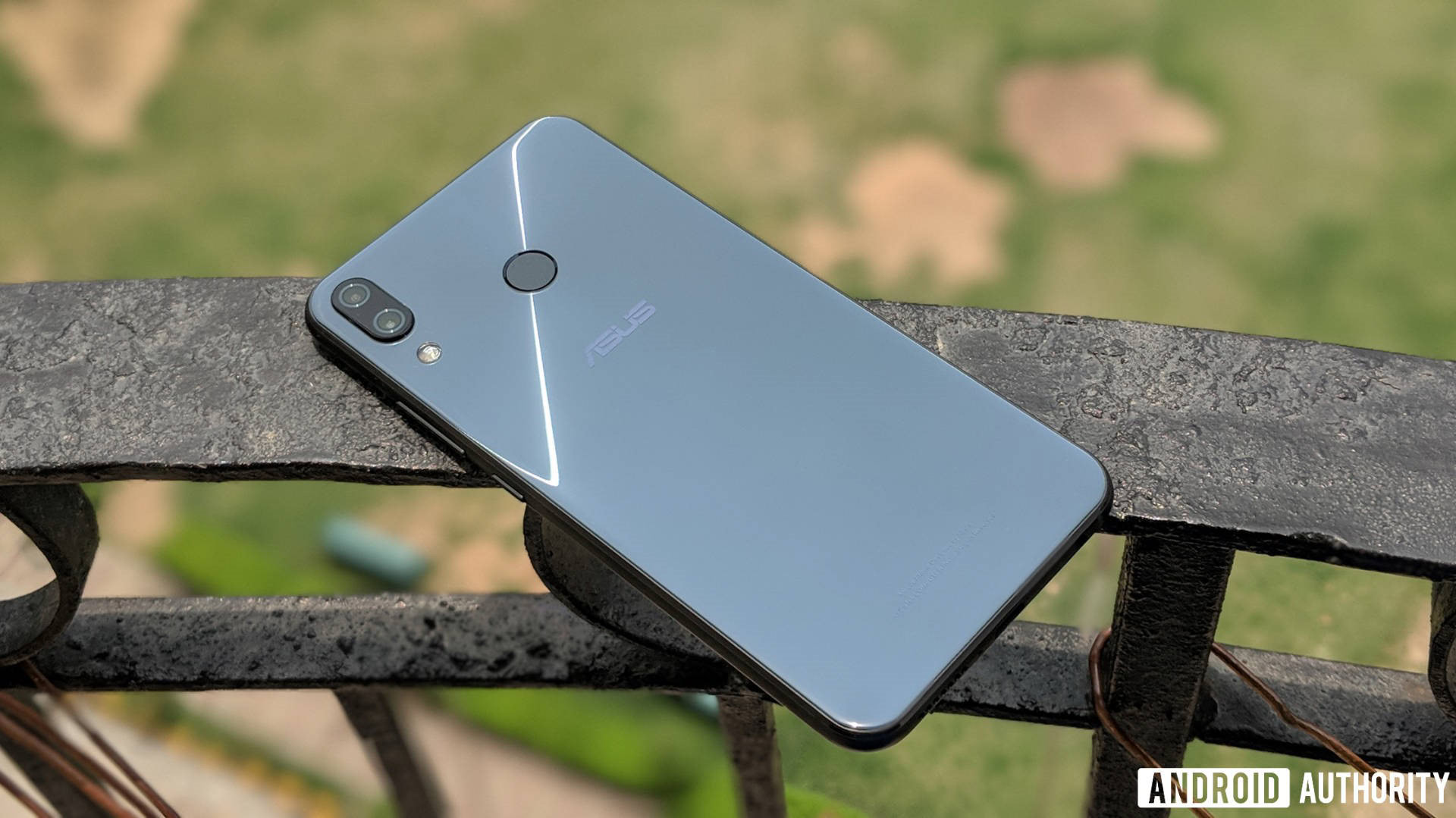
ASUS Zenfone 5Z review: The 'flagship killer' killer (Updated with video!)
Published onSeptember 18, 2018
Asus Zenfone 5Z
What we like
What we don't like
Asus Zenfone 5Z
After releasing the well-rounded and aggressively priced Zenfone Max Pro M1 earlier this year, things have been looking up for Asus. Now the company has unveiled its flagship device in India, the ASUS Zenfone 5Z.
Can this latest device keep the momentum going? Good question.
Aimed at mid-range flagships like the HONOR 10 and the very popular OnePlus 6, the Zenfone 5Z comfortably undercuts the competition in price and packs in top of the line specifications.
I’ve used the Zenfone 5Z for a few weeks now, and in that time people have been asking if it’s worth getting over the OnePlus 6. Let’s dive into our ASUS Zenfone 5Z review to find out.
Design

Like most premium ASUS smartphones, the Zenfone 5Z looks striking. The glass back with a light pattern of concentric circles looks rad. Between the 2.5D glass on the front and the back, there’s a metal frame made of aerospace-grade aluminum.
Not only does it look good, but it feels well built too.
At only 155 grams, the Zenfone 5Z feels light, with a nice weight distribution across the length of the device. It feels great to hold, really, despite its boxy feel.
Unfortunately, the all-glass design makes the smartphone a smudge magnet. Of course that’s pretty much expected.
The phone’s got a large 19:9 display and the lipping around the glass panels is seamless. ASUS managed to keep the camera protrusion at the back to a minimum.
Overall, the ASUS Zenfone 5Z sports an exceptional design, with an eye-catching glass back. There’s no IP rating, though, so watch out for bad weather.
Display
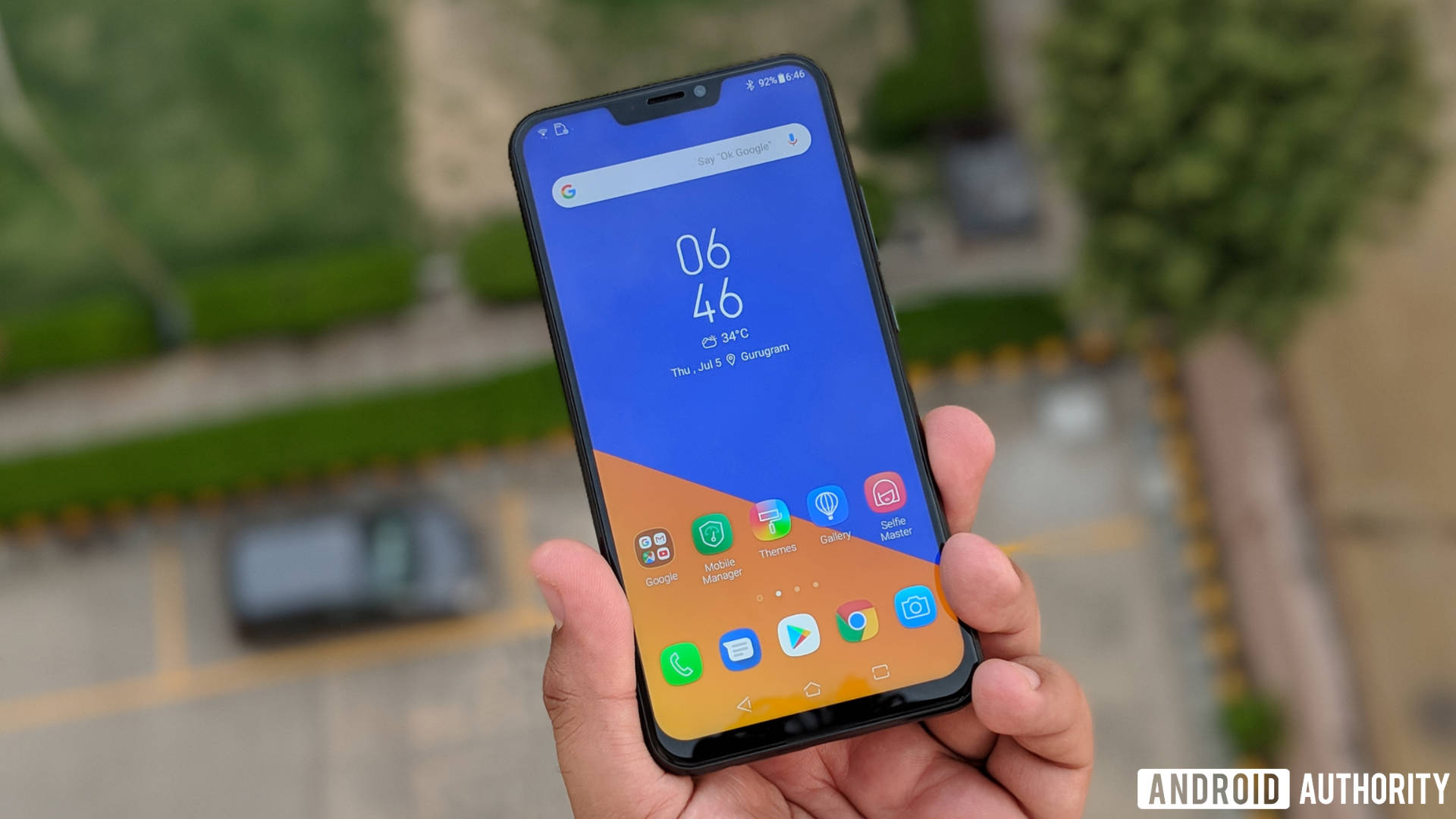
The ASUS Zenfone 5Z sports a large 6.2-inch Full HD+ IPS LCD display with a 19:9 aspect ratio and Corning Gorilla Glass 3 for protection. It’s also got a notch.
The display is quite sharp, and the viewing angles are pretty good. It’s a well-calibrated LCD, and images and text look crisp — even outdoors.
The Zenfone 5Z likely has one of the best LCD panels on an Android smartphone, especially in this segment. The blacks are pretty deep and the colors really pop. You can change the wide color gamut to the standard mode or customize it to your liking, but I recommend leaving it as is. The wide color gamut mode is pretty striking as is.
ASUS uses the color temperature sensor on the camera of the Zenfone 5Z to adjust the display based on the ambient light conditions, which actually works quite well.
Performance
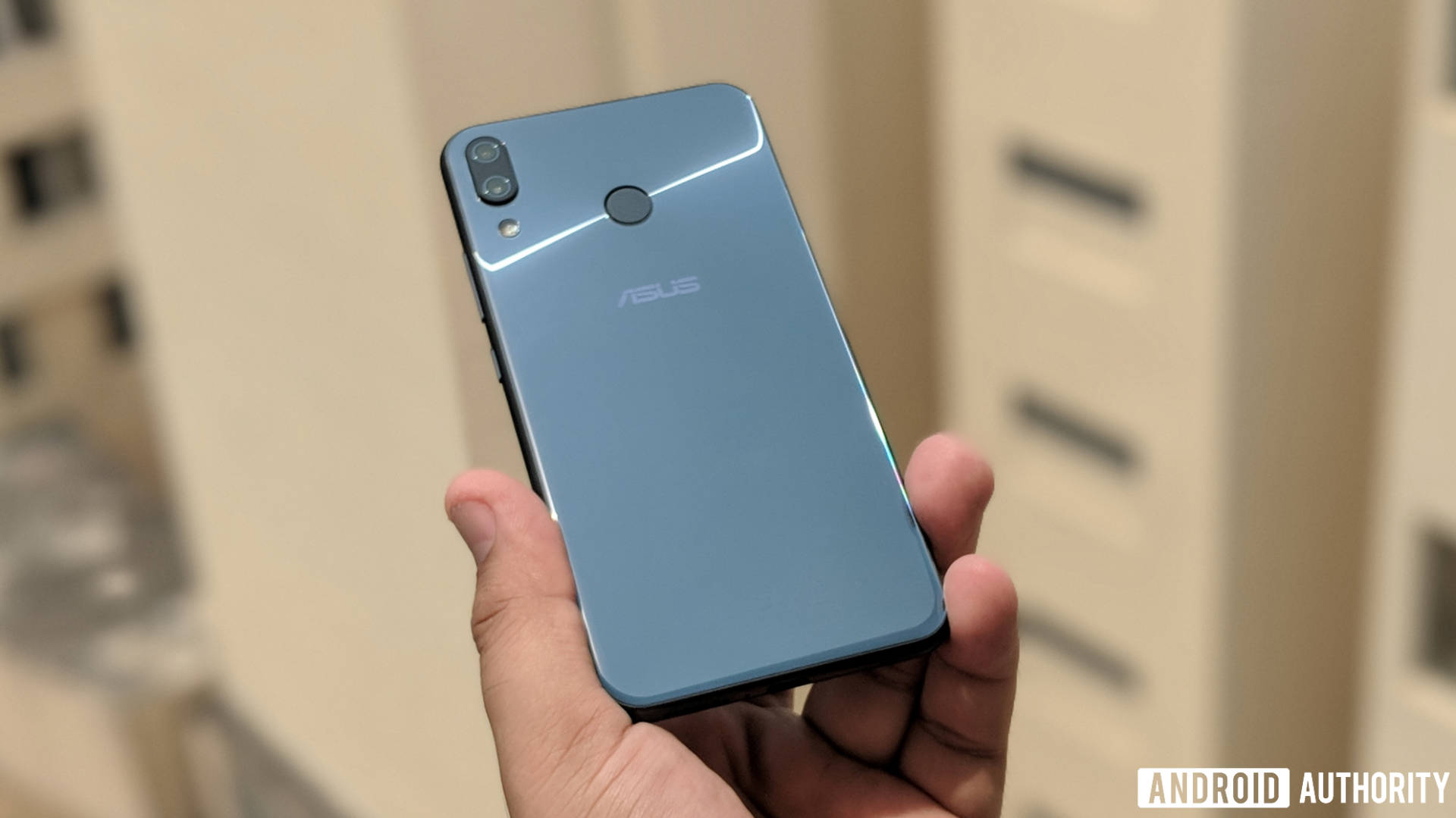
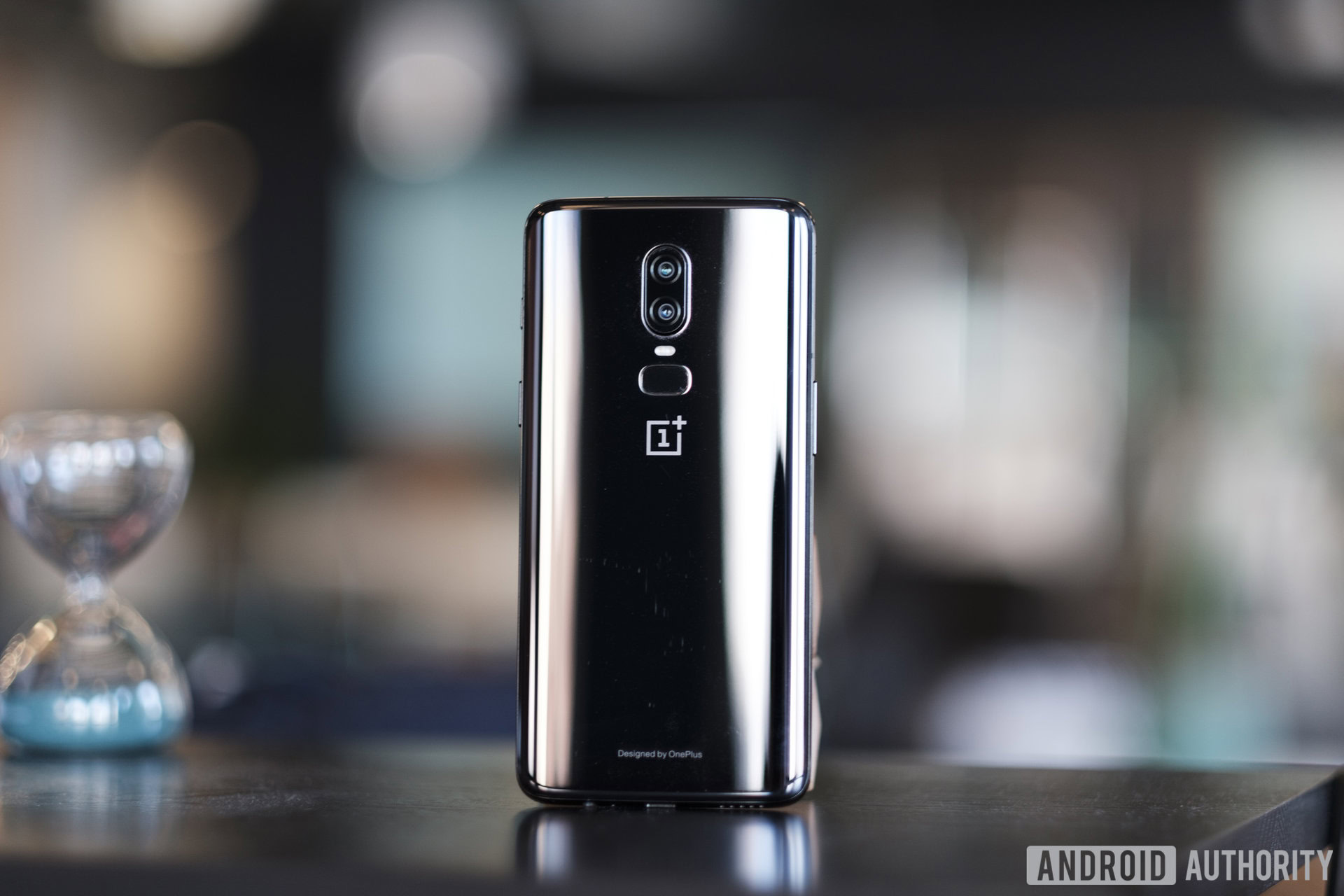
The ASUS Zenfone 5Z packs in a Qualcomm Snapdragon 845 processor and comes in three memory variants, with 6GB of RAM and 64GB or 128GB of internal storage, as well as with 8GB of RAM and 256GB of storage.
The Zenfone 5Z will cruise through just about anything you throw at it. Even while playing graphic-intensive games, there’s no lag or any stuttering whatsoever.
An AI Boost option also helps if you need a sudden spurt of power by allocating more resources for a game or resource-intensive. Another AI-based feature is OptiFlex technology, which helps in opening your frequently used apps faster.

The battery is another area where ASUS has done some interesting work. The phone has several battery modes — Performance, Normal, Power Saving, and Super Saving — as well as an option to customize the settings further, allowing you to choose how you would want to optimize the battery drain. There’s also a unique feature that tells you about the condition of the battery through its life cycle, no doubt a jab at Apple’s battery woes.
The Zenfone 5Z’s bundled 18W charger takes just over an hour and a half to charge the phone’s 3300mAh battery from zero to 100 percent. In everyday use, the AI charging technology does not charge the phone completely in one shot to avoid charging stress. Charging the phone overnight will get up to 80 percent quickly and then trickle charge, to hit 100 percent right around when you wake up. ASUS claims avoiding quick charging all the time will improve battery health.
The battery life, with normal mode, is pretty good and even with quite an active usage, I was left with about 20 percent at the end of the day.
Hardware
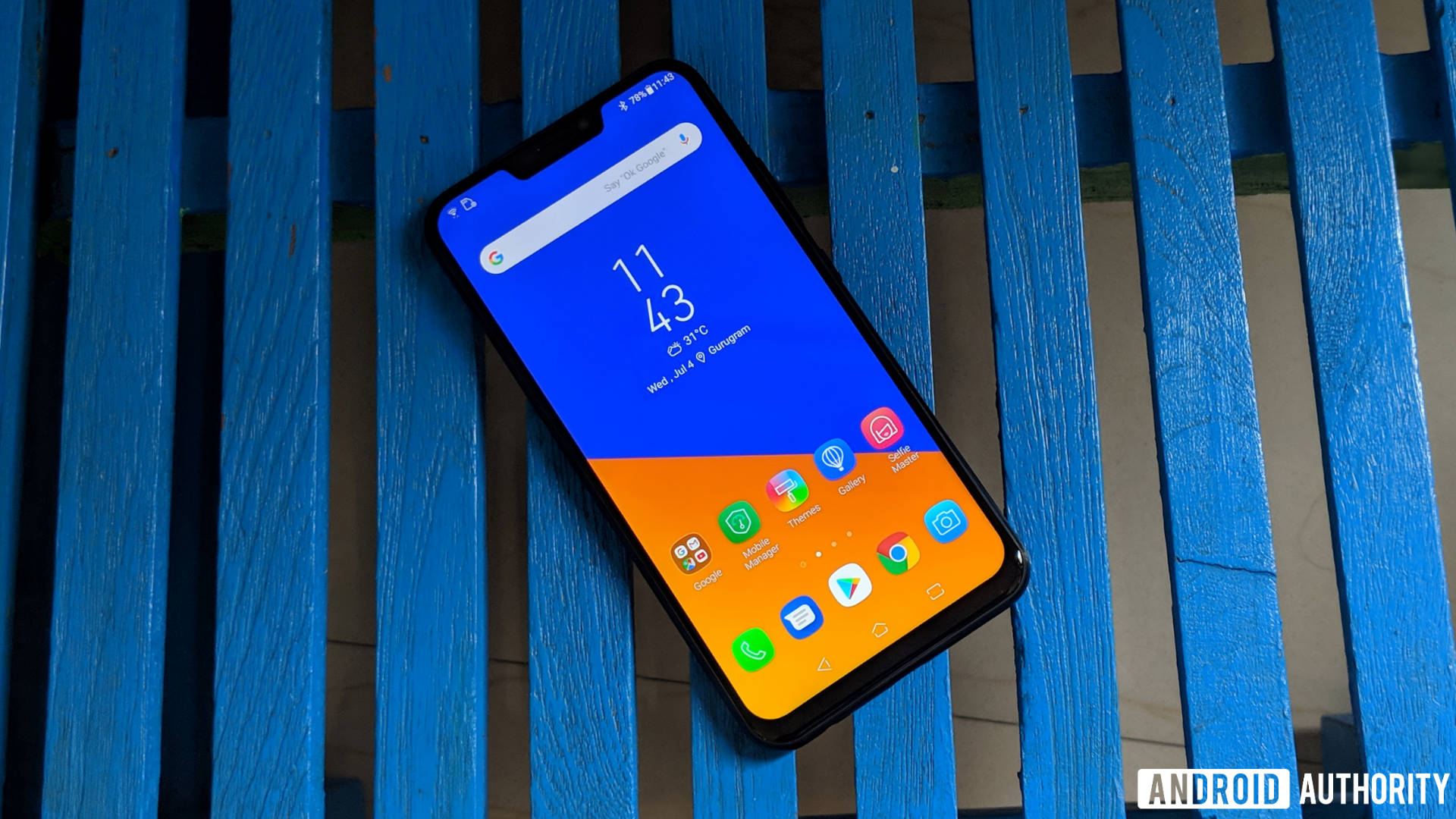
The ASUS Zenfone 5Z sports a hybrid SIM tray for either two nano SIMs or a SIM and a microSD card up to 2TB if you want more storage.
One of the less talked about highlights of the Zenfone 5Z is its stereo speaker setup. It can get really loud, and switching to the Outdoor Mode will reduce the bass to raise the volume even higher. Of course, this compromises clarity.
There are also two NXP amps, which offer a pretty good aural experience for headphones plugged into the 3.5mm audio jack. The smartphone supports aptX HD for a high-quality Bluetooth audio experience, too.
The dual speaker setup on the Zenfone 5Z offers rich stereo sound which, along with the phone’s audio internals, will impress most audiophiles. The Zenfone 5Z also comes with a USB Type-A to Type-C cable and a pair of Hi-Res-certified in-ear headphones (Good on you, ASUS).
Camera
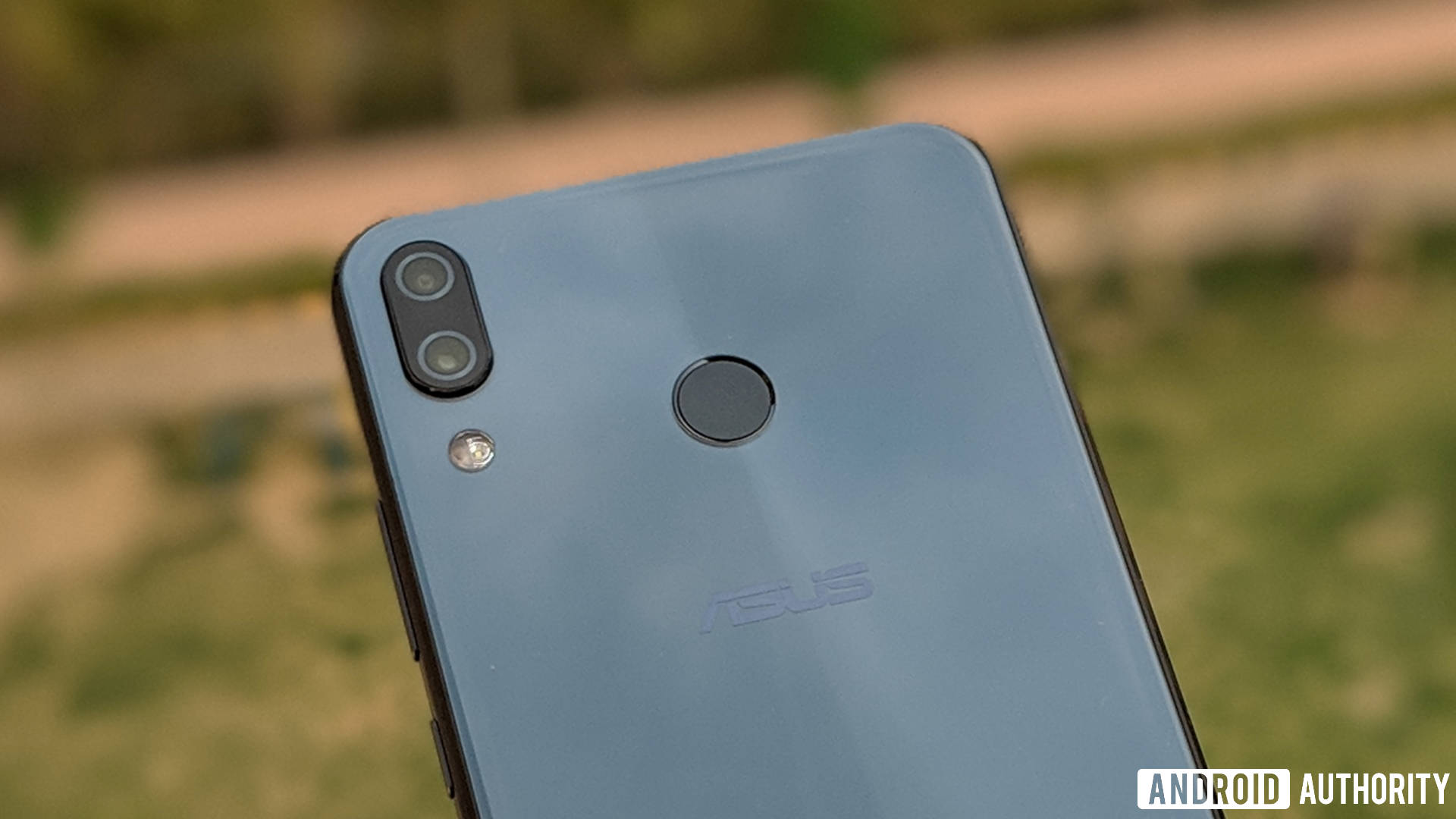
The ASUS Zenfone 5Z sports a dual camera setup with a 12-megapixel primary camera and a secondary 8-megapixel wide-angle camera. The primary camera has an f/1.8 aperture with phase detection auto focus.
In good light conditions, the camera focuses quickly and gets the exposure just right. The photos look great, capturing good detail and stellar color accuracy. The portraits are pretty good and the edge detection is mostly perfect. In some instances, it struggled with crowded backgrounds. At night, the AI Scene feature switches to Night View mode, which decreases the shutter speed. The output is pretty detailed and sharp, and the noise is controlled too. It handles HDR well too. Here’s the link to check out the sample shots in full resolution if you want to do some pixel peeping.
The camera app also features options like AI Scene detection and AI Photo Learning. AI Scene detection kicks in when you’re framing a photo and the phone recognizes certain objects or scenes, and changes the camera settings accordingly — like upping the saturation for photos of flowers. AI Photo Learning suggests edits to a photo, learning about your preferences as you apply or reject those edits.
The front camera manages some nice-looking and sharp selfies with great color reproduction. You can make the screen flash to illuminate your face in low light conditions, and thankfully it’s not too bright to blow out your face. If vanity is your thing, the beautification mode allows you to adjust different parameters or you can set it to auto mode.
You can record videos at 4K with 60fps with EIS to keep everything stable. You can also opt for the wide-angle camera for videos, but that limits the footage at 1080p.
Software
The ZenFone 5Z comes running Android 8.0 Oreo out of the box, with and its proprietary UI layer — ZenUI — on top. ASUS has a decent record of Android version updates, but the company hasn’t shared its timeline for the Android Pie update for the Zenfone 5Z.
ZenUI used to be a prime example of bloated and clunky skin design, but starting with ZenUI 4.0, which debuted with the Zenfone 4 series, that changed — ASUS finally started moving towards a leaner and more fluid user experience. The current iteration — ZenUI 5.0 — is as good as others on market, though as with most custom skins, it’s a matter of individual preference.
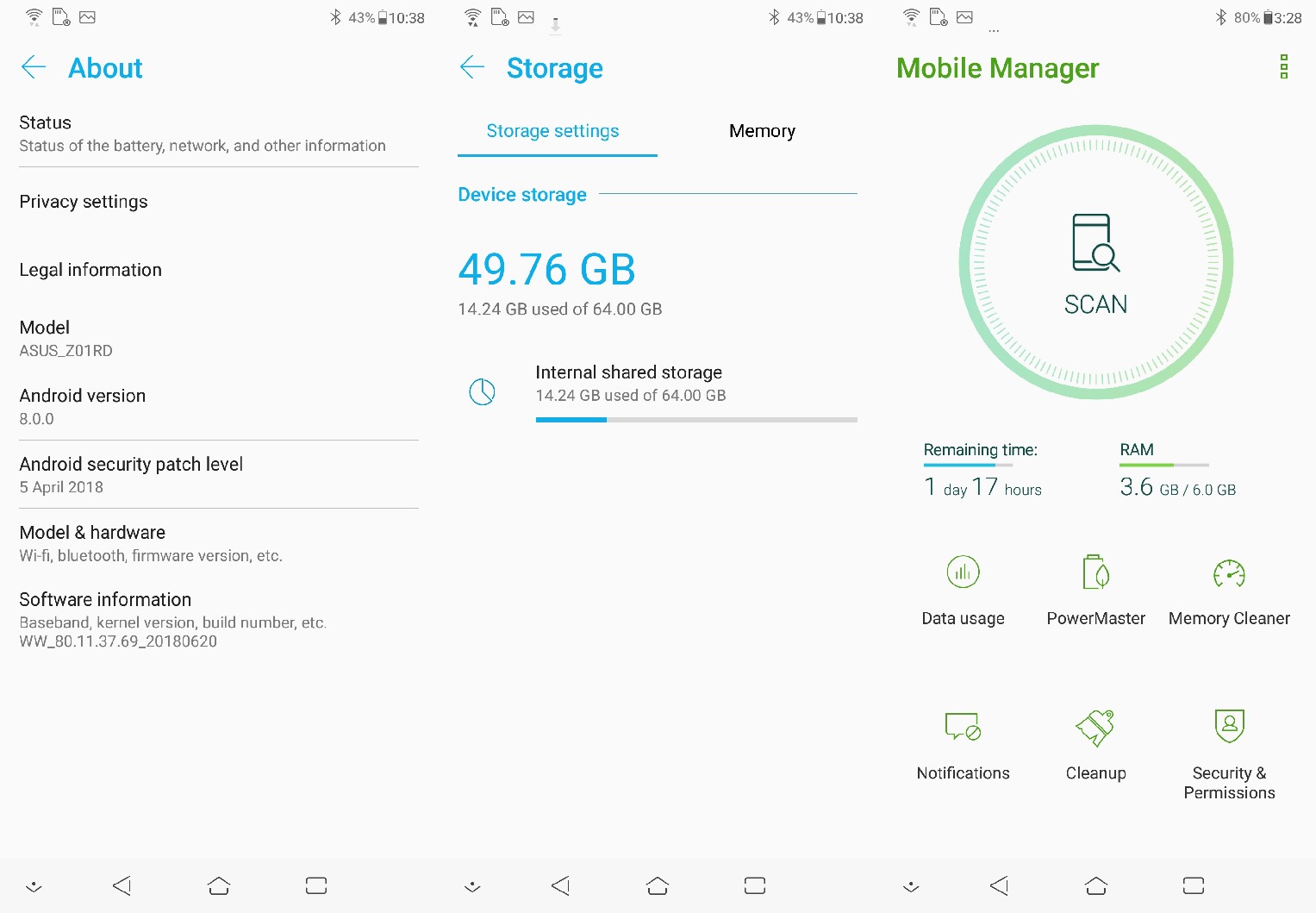
With the Zenfone 5Z, ASUS is pitching a lot of AI-powered features, though calling many of them “AI” is a stretch. Even when features are nicely implemented and quite useful, the overuse of a marketing buzzword is a tad tiring.
One of the highlights is the AI Charging which we’ve talked about before. There’s also a useful AI Ringtone feature, which sets the ringtone volume based on the noise level around you using the microphone. In a quiet room, the phone rings at a lower volume at first, while it rings quite loudly in a noisy outdoor setting. The Gallery app sorts photos by person, similar to what Google Photos app does.
One of the big misses on the Zenfone 5Z is its lack of gesture navigation. Once you get used to gestures, like I have on my OnePlus 6 and Google Pixel 2 XL, it’s hard to go back to capacitive buttons for old-school navigation. ZenMotion lets you interact with the phone using gestures, like double-tapping to wake the phone, launching apps directly by drawing alphabets when the screen is off, or swiping down on the fingerprint scanner to pull the notifications shade down, but its not quite the same.
Specifications
| ASUS ZenFone 5Z (ZS620KL) | |
|---|---|
Display | All-screen 19:9 aspect ratio 6.2" Full HD+ IPS display, supports DCI-P3 color space Capacitive touch panel with 10-point multitouch (supports Glove Touch) Blue-light eye care filter |
Processor | 10 nm, 64-bit, Qualcomm Snapdragon 845 with Qualcomm Artificial Intelligence Engine (AIE) |
GPU | Qualcomm Adreno 630 |
RAM | 6GB/8GB |
Storage | 64GB/128GB/256GB microSD expansion up to 2 TB |
Cameras | Main Rear: 12MP Sony IMX363 image sensor with f/1.8 aperture Second Rear: 120° wide-angle camera with 6p lens Front: 8 MP AF sensor, f/2.0 aperture with 84° field of view |
Battery | 3300mAh capacity with ASUS BoostMaster & AI Charging Non-removable |
Network | Slot 1: 3G/4G Nano SIM card Slot 2: 3G/4G Nano SIM card Both Nano SIM card slots support GSM/GPRS/ EDGE, WCDMA/HSPA+/DC-HSPA+, FDD-LTE, and TD-LTE DSDS network bands. Both Nano SIM cards can connect to VoLTE 4G calling service. But only one can connect to FDD-LTE, and TD-LTE data service at a time. |
Connectivity | WLAN 802.11 a/b/g/n/ac Bluetooth 5.0 Wi-Fi Direct NFC with Google Pay USB Type-C GPS, A-GPS, GLONASS, BDSS |
Authentication | Rear fingerprint sensor, 0.3-second fingerprint unlock, supports 5 fingers, 360° recognition, damp fingerprint recognition |
Audio | Dual 5-magnet speakers with dual NXP smart amplifiers PMIC internal dual amplifier Triple internal microphones with ASUS Noise Reduction Hi-Res Audio 192kHz/24-bit standard output with HRA-certified earbuds DTS Headphone:X™ support Audio CODEC integrated into PMIC FM radio AudioWizard+ with listening profile |
Video | 4K UHD (3840 by 2160) video recording at 60fps for main rear camera 1080p Full HD video recording at 30 / 60fps 3-axis electronic image stabilization for front and rear camera shakefree videos Take still photos while recording video |
Software | Android Oreo with new ASUS ZenUI 5.0 |
Weight | 163 g |
Colors | Midnight Blue, Meteor Silver |
Gallery
Pricing and final thoughts
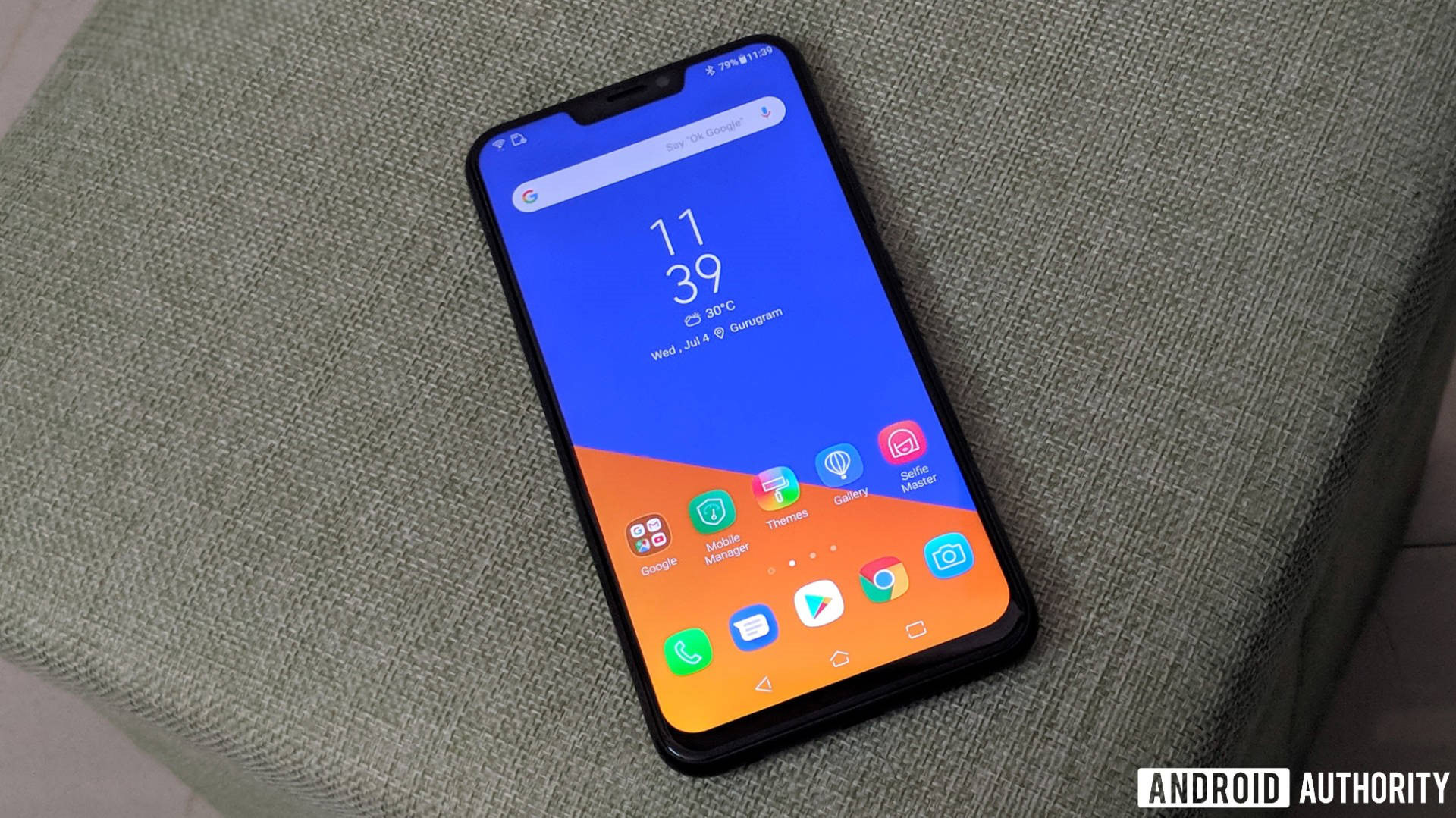
The ASUS Zenfone 5Z has all the elements of a flagship smartphone — there’s top-of-the-line specifications sheet, pretty good camera, interesting software additions, as well as a neat looking chassis — and all that at almost a steal.
The ASUS ZenFone 5Z was clearly aimed to kill the 'flagship killer.'
The ZenFone 5Z was clearly aimed to kill the “flagship killer,” the OnePlus 6. At 29,999 (~$430) rupees in India for the base variant, it undercuts the OnePlus 6 by a big 5,000 rupees. With the performance it pulls, the base variant is good enough for most people.
The one with 128GB of internal storage will run you 32,999 rupees(~$473) if you intend to store a lot of media. The souped-up top variant with 8GB of RAM and 256GB of storage goes for 36,999 rupees (~$530). It might be your pick if you really want to stretch your device for power, but you may also want to look at the OnePlus 6 if you’re okay with this price.
So that’s it for our ASUS Zenfone 5Z review. The ASUS Zenfone 5Z deserves big props as a well-rounded premium smartphone. If you’re looking for a mid-range flagship device, this is definitely one of the top options.